What we wanted to create was a prosthetic hand that anyone could customize and that would give you the ability to control your grasp on things. To do so, we came up with the idea of associating a muscle sensor with a servo motor and strings. The muscle sensor would interact with the motor so that everytime you contracted a muscle it would make the motor turn so that it tightened the strings.
WEI ahead
Making the world a better place one prosthetic hand at a time


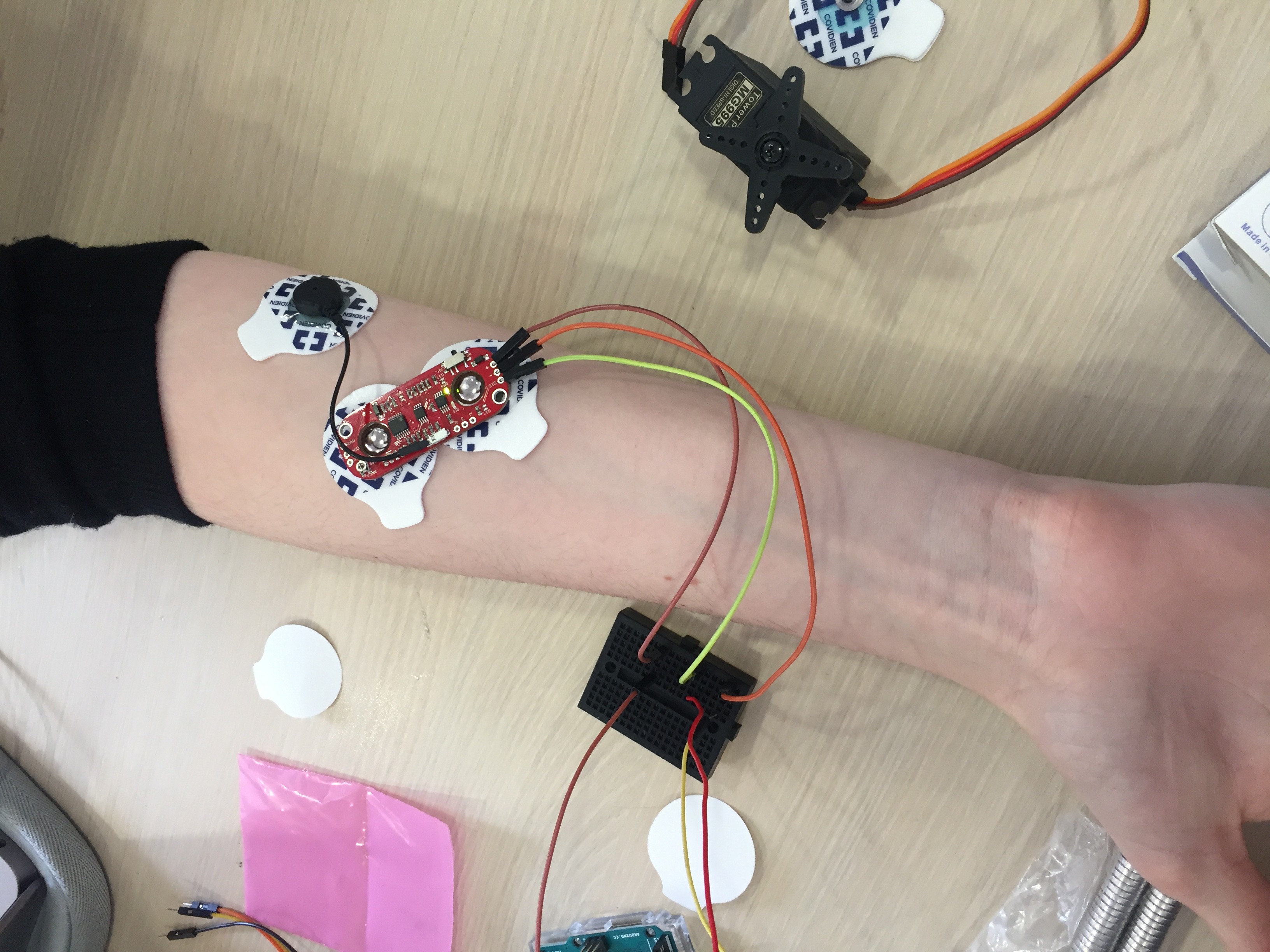
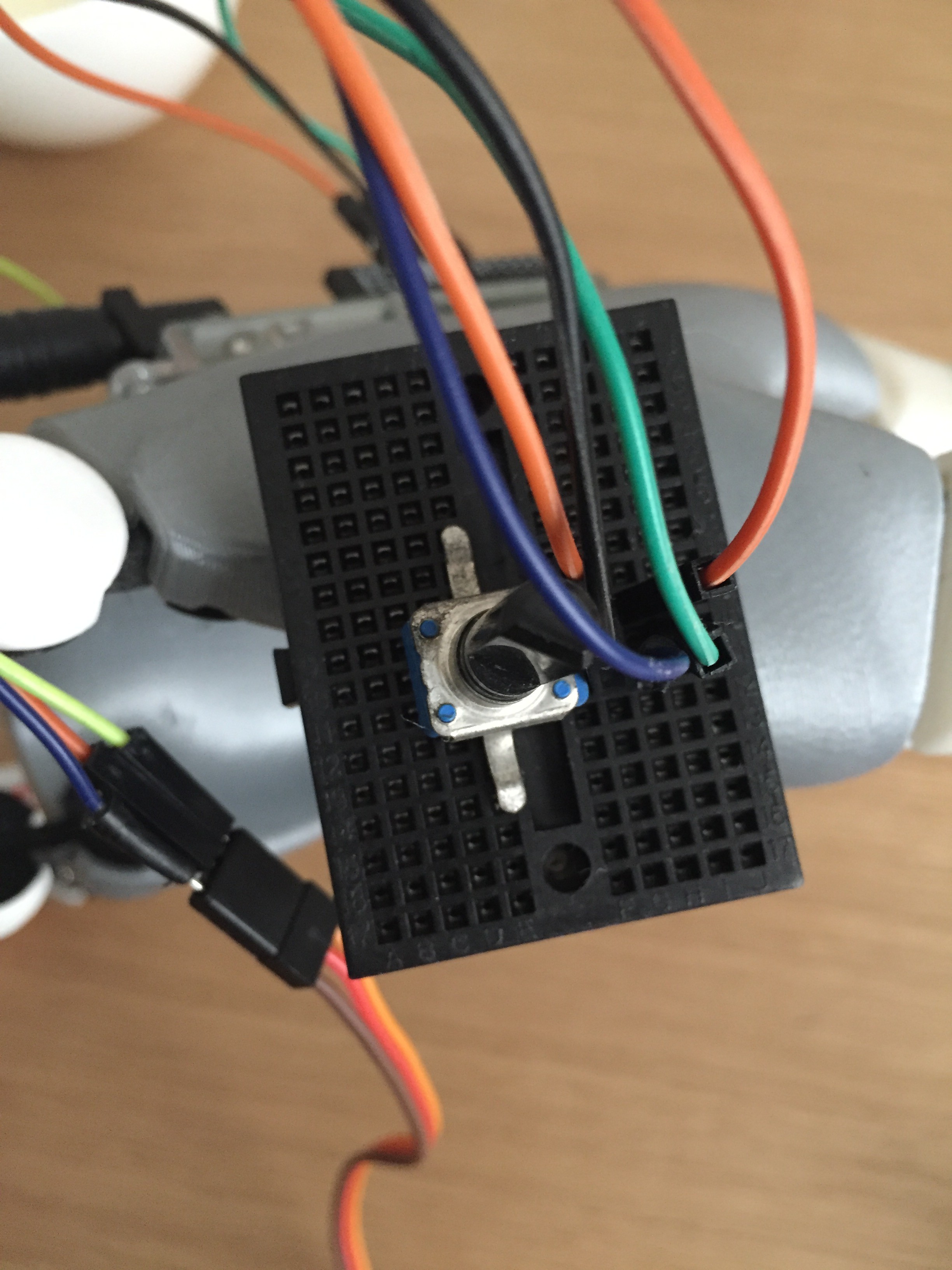
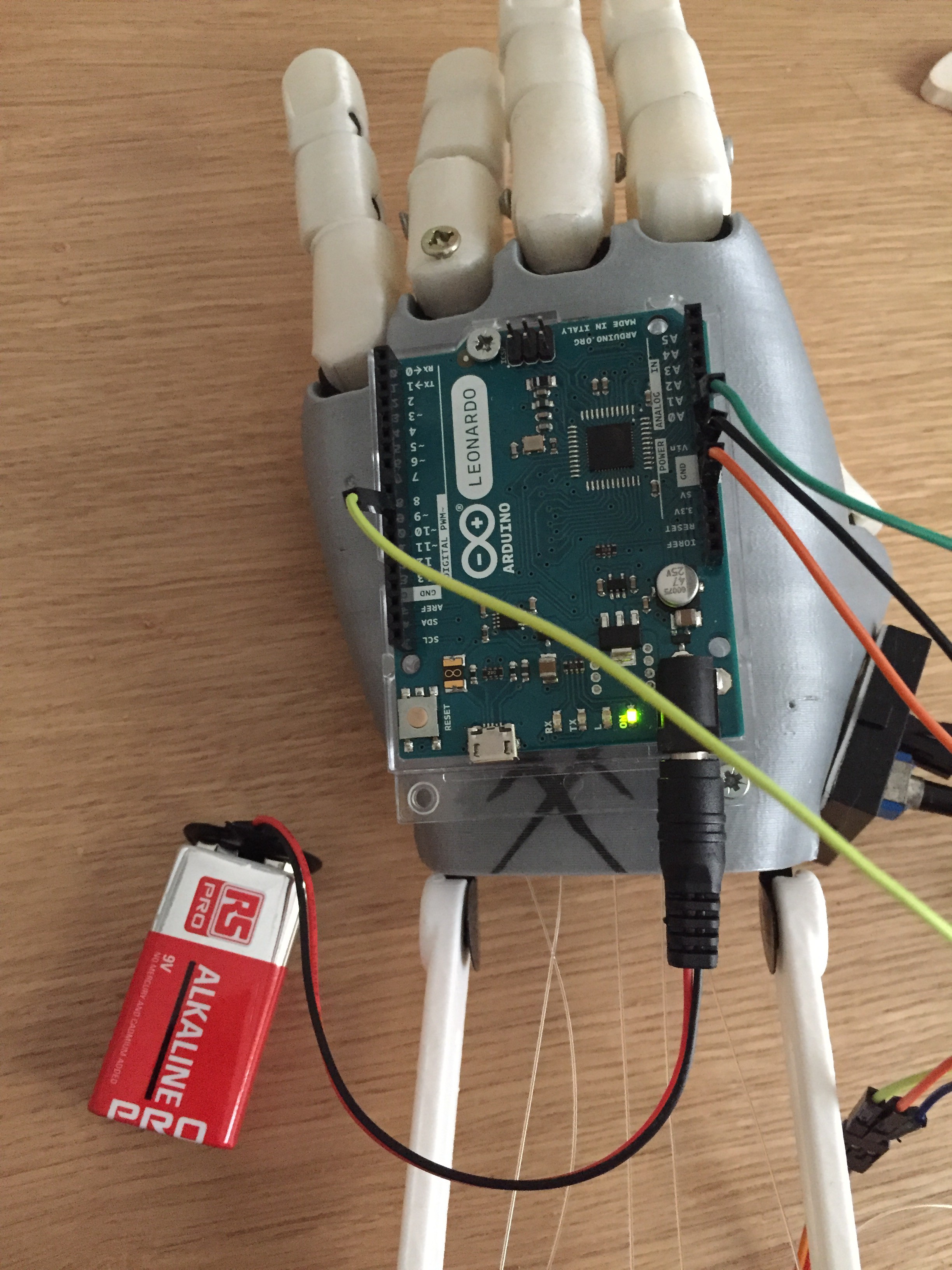
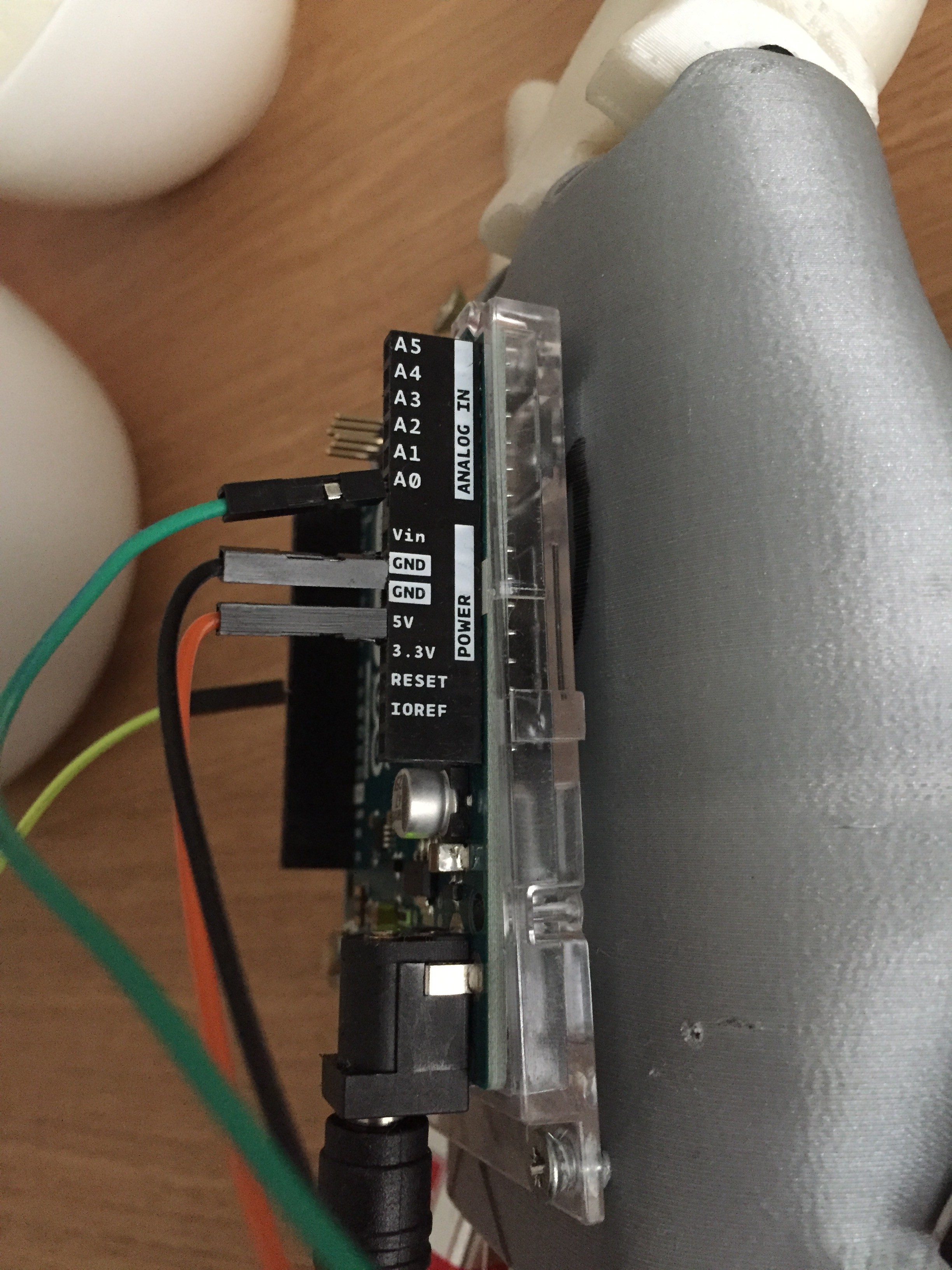
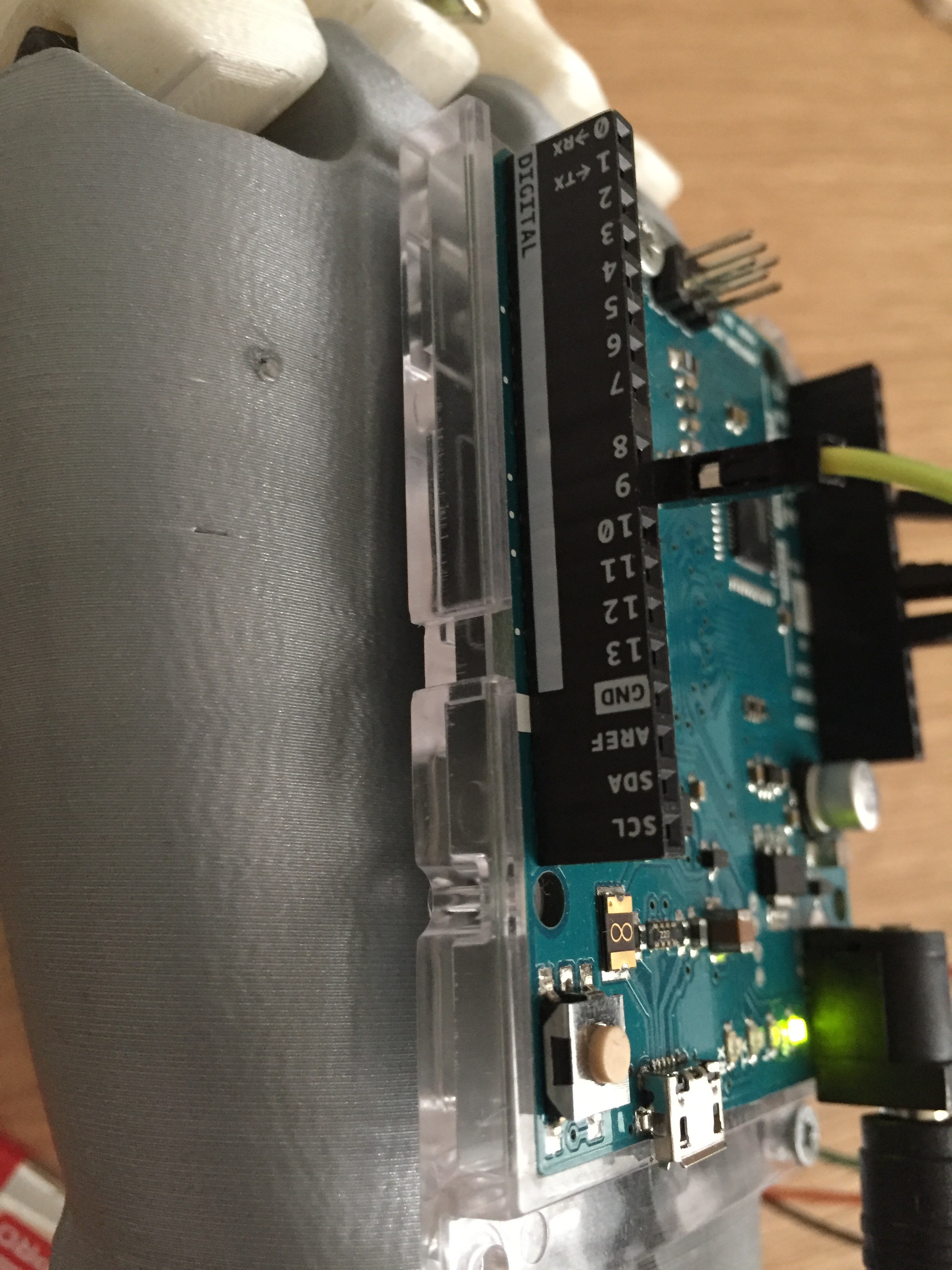
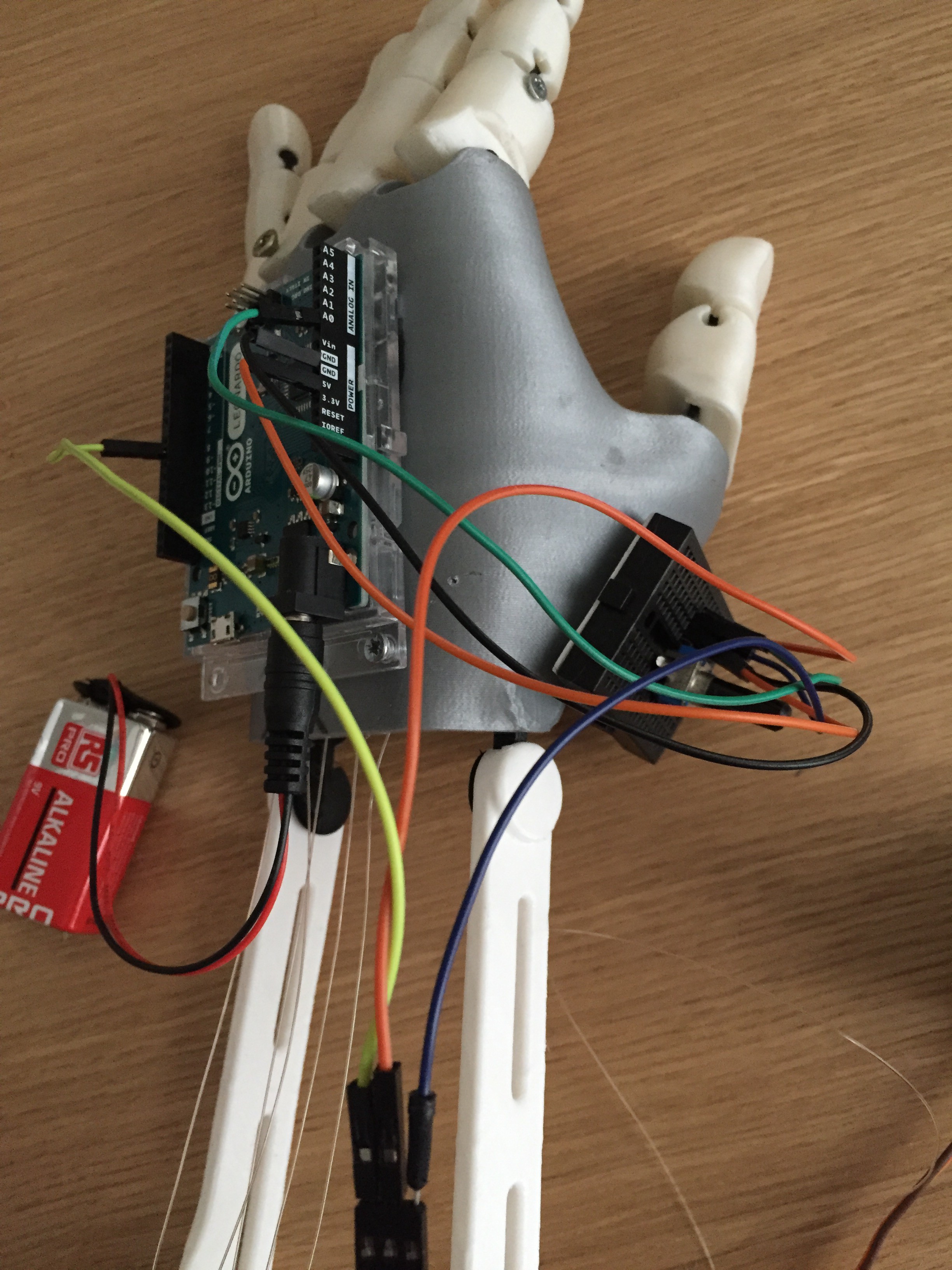
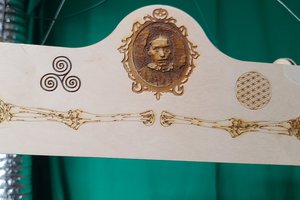
 Dan
Dan
 Electroniclovers123
Electroniclovers123
 Swaleh Owais
Swaleh Owais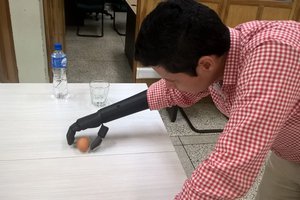
 Giovanni Leal
Giovanni Leal